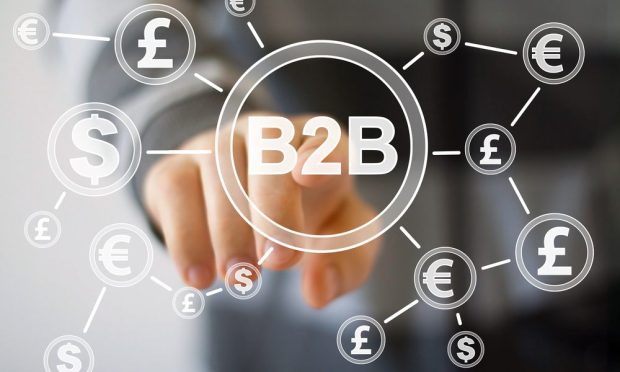What Newton’s First Law Has To Do With B2B Payments

Maybe Isaac Newton — the hopelessly hopeful alchemist who came up with some solid rules of physics — was a genius of business and even B2B payments, too. After all, one of his main rules concerns the tendency for objects (by which he means everything in the universe) to remain in a state of inertia. In addition, he taught that every reaction has an equal reaction.
An upcoming PYMNTS webinar entitled “Bringing Corporate Payments Out of the Dark Ages,” set for Thursday, Sept. 27, will dig into the question of why automation, centralization and simplicity are found in consumer payments, but missing from corporate payments.
During the digital discussion, Karen Webster and Vijay Ramnathan, senior vice president of product management and strategy at Comdata, will talk about factors that continue to hold corporate payments back from mirroring the enhanced conveniences of consumer payments. The discussion will also involve the benefits of utilizing a partner-driven approach to achieve the connectivity necessary for corporate payments success, and offer a roadmap to realizing the innovation potential in how businesses manage payments.
B2B Payment Barriers
So, what is holding back corporate payments? Why is it developing slower than the B2C side of things?
Part of the reason is that classic Newtonian concept of inertia, Ramnathan told Webster in a recent interview that served as a rough preview of the Thursday webinar. Be they legacy systems, hard-to-penetrate silos or office policies, payments and their processes don’t tend to change in B2B unless there is some significant push toward evolution from a participant, whether buyers or sellers, corporate treasurers or cash managers. There is always “inertia within organizations,” he said.
 Change, too, comes with costs that are often unforeseen. That could be financial, of course, or something else, but all change leads to more change — as the great English scientist said centuries ago. That’s not to set a tone of resignation or hopelessness, but only to demonstrate how difficult change can be when it comes to B2B payments, and how change comes with its own baggage or consequences.
Change, too, comes with costs that are often unforeseen. That could be financial, of course, or something else, but all change leads to more change — as the great English scientist said centuries ago. That’s not to set a tone of resignation or hopelessness, but only to demonstrate how difficult change can be when it comes to B2B payments, and how change comes with its own baggage or consequences.
Taking Down Silos
Part of the remedy is breaking down those silos — invoice management, for instance, or charges from card networks — and getting formerly independent operations to work together toward similar goals of innovation and efficiency. “There’s no interoperation” is how Ramnathan put it. There also exists a “lack of connectivity,” a phrase that can apply to operations and technology, which can torpedo B2B payments innovation and development as the sector chases the cutting-edge products and services seen in the consumer world.
When it comes to talking about change in the B2B payments world, discussion typically turns to questions about buyers and suppliers, and who has the most power to bring about innovation. That will likely be the case of the upcoming PYMNTS webinar, at least “to a certain degree,” Ramnathan said. “When someone has leverage, they will use that leverage” to encourage development and change, and — depending on circumstances, and/or one’s personal point of view — that can mainly come from suppliers these days (or from buyers, as it’s hard to ignore the company or person that wants to give one money).
Another part of innovation and change in B2B payments is return on investment (ROI). “It can take a lot of time for ROI to manifest itself,” Ramnathan said. Even the most thoughtful and needed change can result in significant overhead for the accounts payable department, he said
Speaking of changes, it appears unlikely that faster payments will have much immediate impact on the B2B payments world, at least according to the preview discussion between Webster and Ramnathan. After all, in B2B, speed of payments is not really a driving factor (expect when talking about the payment of employees, of course).
That said, there is ample room for change, development and innovation in B2B payments — for lessons and best practices taken from the consumer world to be tweaked and applied to corporate needs.
